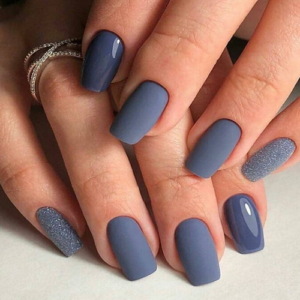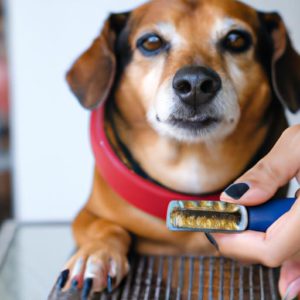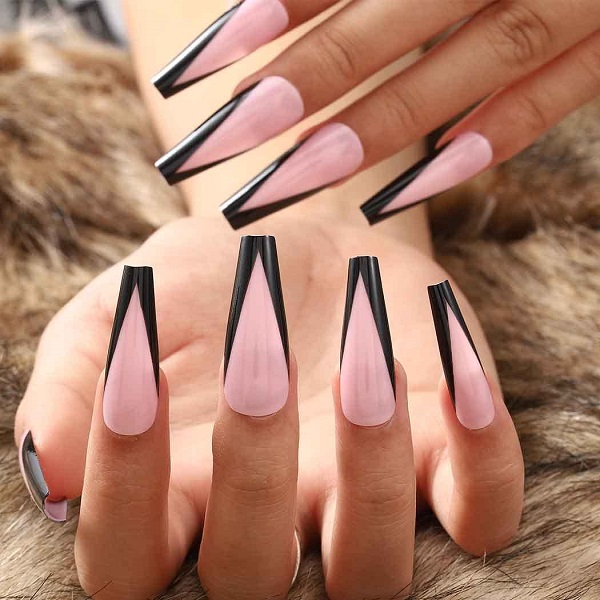Table of Contents
Accidents happen, even to our active and playful canine companions. And when a dog’s nails start bleeding, it’s crucial to know how to stop the bleeding promptly to prevent further injury or infection. While styptic powder is the go-to remedy for stopping dog nail bleeding, it may not always be readily available at home. This article will discuss effective methods for stopping dog nail bleeding without the use of styptic powder.
Common Causes of Dog Nail Bleeding
Dog nail bleeding can occur for various reasons. The most common cause is accidentally trimming the nail too short, cutting into the quick and causing bleeding. Dogs can also tear or break their nails, resulting in bleeding. Bleeding can also occur when there are injuries to the nail bed, whether from a nail getting caught in something or a hard knock on the paw.
Regardless of the cause, dog nail bleeding can be uncomfortable and painful for our furry friends. Taking prompt action is essential to control the bleeding and prevent further pain or injury.
Immediate Steps to Take When a Dog’s Nail is Bleeding
If you find yourself faced with a bleeding dog nail, it’s vital to take immediate action to stop the bleeding. First and foremost, remain calm and reassure your dog that everything will be alright. Remember, dogs can sense our emotions, so creating a calm environment can help alleviate their anxiety.
Next, apply firm pressure to the bleeding nail for several minutes. This pressure aids in clotting the blood and stopping the bleeding. You can use a clean cloth or gauze to apply pressure. In severe cases, you may need to maintain pressure for up to 10 minutes. This process can be uncomfortable for your dog, so don’t forget to offer them comfort and support during this time.
Once the bleeding has subsided, clean the wound using water or a saline solution. Cleaning the wound removes any dirt or debris that may have entered, reducing the risk of infection. Avoid using harsh chemicals or alcohol-based products, as they can be painful for your four-legged buddy.
Home Remedies to Stop Dog Nail Bleeding without Styptic Powder
In the absence of styptic powder, several effective home remedies can help stop dog nail bleeding. Let’s explore some of the most widely used options:
Cornstarch or Flour
Cornstarch or flour, common household items, can effectively stop dog nail bleeding. Simply sprinkle a small amount of cornstarch or flour onto a clean cloth or gauze and apply it to the bleeding nail. Maintain gentle pressure for several minutes until the bleeding subsides.
Baking Soda
Baking soda, another household staple, can also help stop dog nail bleeding. Create a paste by mixing a small amount of baking soda with water. Apply the paste to the bleeding nail and hold it in place for a few minutes until the bleeding stops.
Tea Bags
Tea bags are surprisingly effective in stopping dog nail bleeding. Soak a tea bag in warm water and apply it to the bleeding nail. Hold it in place for several minutes until the bleeding ceases. The tannins present in the tea help to stop the bleeding.
Ice or Cold Water
To constrict the blood vessels and halt the bleeding, you can try applying ice or cold water to the affected nail. Wrap a few ice cubes in a clean cloth and press them against the bleeding nail. Alternatively, you can dip the bleeding nail into a bowl of cold water for a few minutes.
Keep in mind that while these home remedies can be successful, they may not work for every dog or situation. If the bleeding persists or your dog appears to be in pain, it’s best to seek veterinary care.
When to Seek Veterinary Care
While most cases of dog nail bleeding can be managed at home, there are instances when veterinary care is necessary. Here are some signs that indicate it’s time to seek professional help:
- The bleeding continues after applying pressure for 10 minutes or longer.
- The bleeding is severe, and your dog shows signs of pain.
- The nail appears infected or is causing discomfort to your dog.
- Your dog limps or holds their paw in an unusual manner.
When uncertain about your dog’s condition, it’s always wise to err on the side of caution and seek the advice of a veterinarian. A professional evaluation and appropriate treatment will ensure a speedy recovery and peace of mind for both you and your beloved furry companion.







